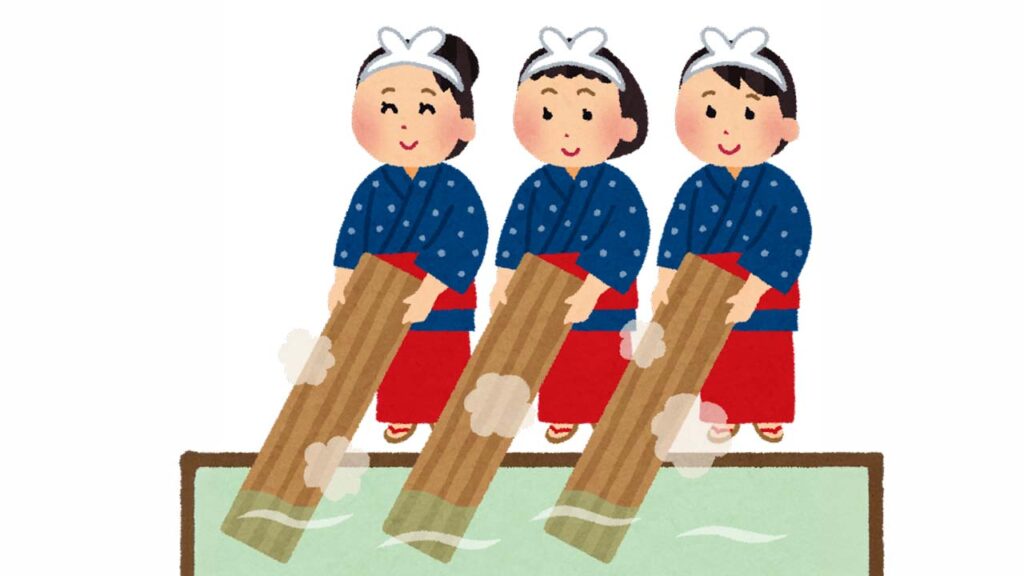For many people from North America, Europe, or Australia, Daylight Saving Time (DST) is a familiar seasonal ritual. Clocks move forward in spring and back in autumn to maximize daylight hours and conserve energy. Yet in Japan—a highly industrialized, technologically advanced nation—DST is not observed at all. Why?
To understand Japan’s unique position on Daylight Saving Time, we need to explore its brief historical experiment with DST, cultural attitudes, and the practical challenges that make DST an unlikely fit for Japanese society.
What Is Daylight Saving Time?
Daylight Saving Time is the practice of setting clocks forward by one hour during warmer months to extend daylight into the evening:
- Originally intended to reduce energy use for lighting and heating.
- First widely adopted during World War I by Germany and Austria-Hungary in 1916.
- Today, around 70 countries still observe DST, including much of North America, Europe, and parts of Oceania.
Japan’s Brief Experiment with Daylight Saving Time
Japan did, in fact, experiment with DST—but only for a short period:
- After World War II, during the Allied Occupation (1945–1952), DST was introduced between 1948 and 1951 under U.S. administration.
- The practice was highly unpopular among the Japanese public.
- In 1952, when Japan regained full sovereignty, DST was abolished and has never been reinstated since.
This brief experiment left a lasting negative impression, contributing to Japan’s general resistance to reintroducing the system.
Why Japan Doesn’t Use DST Today: Cultural and Practical Factors
1. Japan’s Natural Geography Makes DST Less Effective
- Japan’s latitude (mostly between 24° and 45° North) results in less variation in daylight hours compared to Europe or Canada.
- Summer sunrise in Tokyo already occurs as early as 4:30 AM, while sunset is around 6:50 PM at its peak.
- Shifting clocks forward would not significantly change daily light availability, especially for a society where early starts are common.
2. Work Culture and Long Hours
- Japanese workers are often known for long working hours and limited work-life balance.
- DST would likely extend working hours further into the evening, rather than encouraging leisure activities.
- The cultural emphasis on punctuality, fixed work schedules, and early commutes conflicts with the idea of altering time seasonally.
3. Public Health and Sleep Concerns
- Like elsewhere, DST can disrupt circadian rhythms, leading to sleep disturbances.
- Studies have raised concerns about increased health risks, including higher rates of heart attacks and accidents during clock changes.
- Japanese society, already facing widespread issues with sleep deprivation, sees little benefit in adding additional disruptions.
4. Complex Technological and Logistical Costs
- Implementing DST would require massive updates to public transportation schedules, IT systems, banking, and logistics.
- Japan’s extensive railway network, known for its precision, would face significant rescheduling challenges.
- The risk of system failures or scheduling confusion outweighs any perceived energy savings.
5. Energy Conservation Arguments Have Shifted
- While DST was originally promoted as an energy-saving measure, modern energy use patterns (especially air conditioning in Japan’s humid summers) reduce these potential savings.
- Studies suggest DST might even increase overall energy consumption in hot climates like Japan’s, as people run air conditioning longer during extended evening hours.
Recent Debates: Tokyo Olympics and DST Revival Proposals
In the lead-up to the 2020 Tokyo Olympic and Paralympic Games, the Japanese government briefly considered reintroducing DST to:
- Help reduce heatstroke risks by shifting athletic events to cooler hours.
- Spread traffic and commuter flows more evenly.
However, strong public opposition, technical difficulties, and business community resistance led to the plan’s abandonment.
Japan in Global Context: A Non-DST Country
Japan belongs to a growing list of countries that do not observe Daylight Saving Time, alongside:
- China
- South Korea
- India
- Most of Southeast Asia
- Russia (abolished DST in 2011)
Interestingly, even in the United States and Europe, debates about abolishing DST have gained momentum in recent years, reflecting growing awareness of its mixed effects.
Summary
While Daylight Saving Time remains common in many parts of the world, Japan’s unique geography, work culture, health concerns, and technical infrastructure have made DST both unnecessary and unpopular. The country’s brief postwar experiment with DST only reinforced public resistance to clock changes.
In the end, Japan’s steady approach reflects a broader cultural preference for stability, precision, and harmony with natural rhythms, rather than seasonal adjustments. For visitors accustomed to springing forward and falling back, Japan offers a refreshingly simple alternative: one standard time, year-round.


